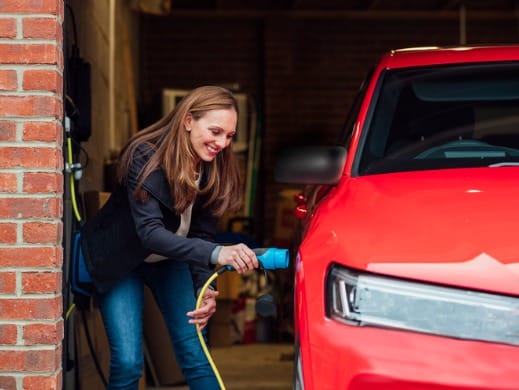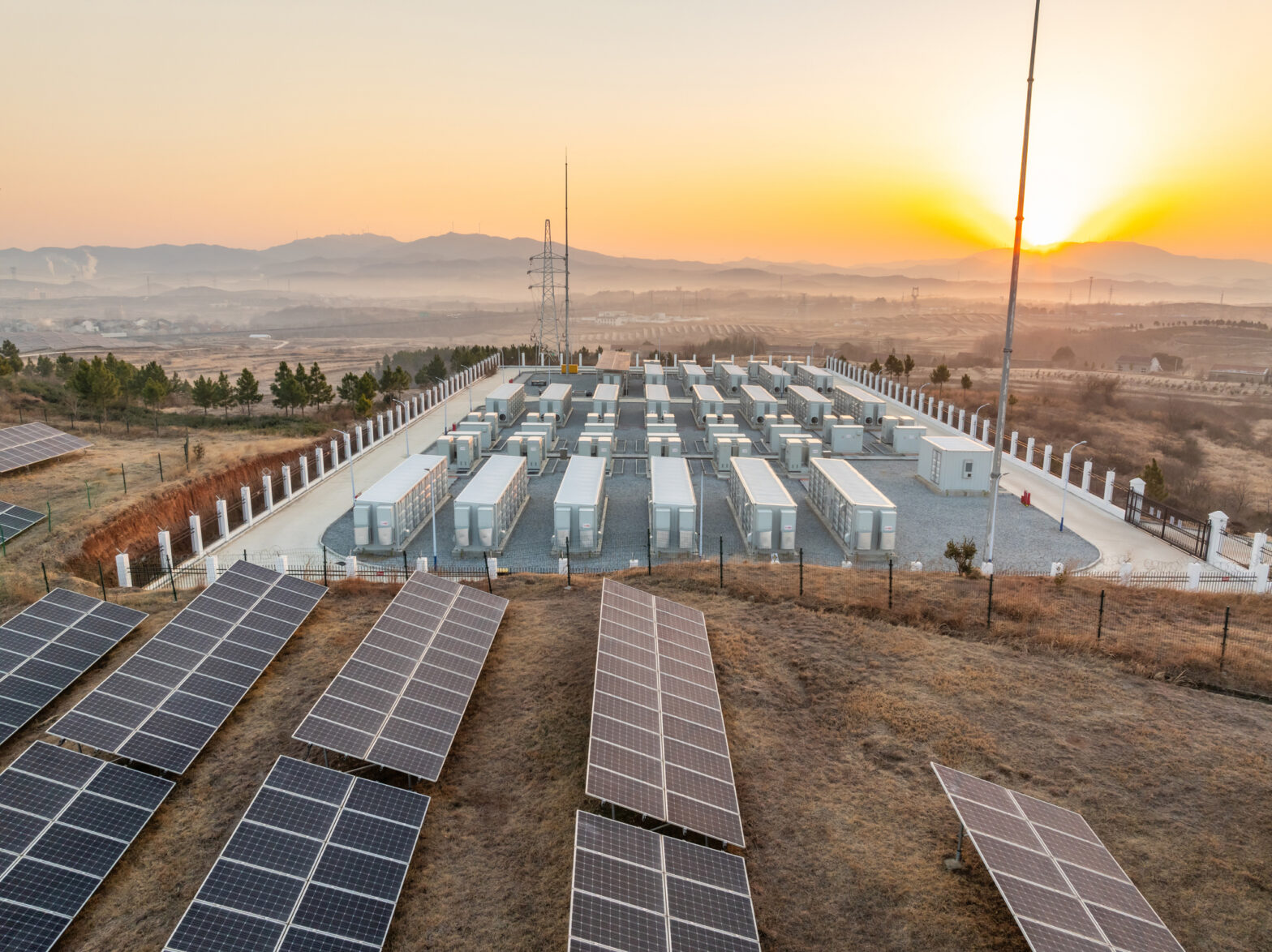When a customer purchases an electric vehicle (EV), they will then have to rely on their utility instead of gas stations to power their car. This requires a shift in thinking and habits for customers, who will need to pre-plan charging as well as consider their rate plan when they charge.
Many utilities are encouraging their customers to purchase Level 2 networked chargers, and these can be an important entry point into EV-related managed charging and rate programs. Not only will this help them charge their vehicles faster, but will also enable utilities to better manage the new load.
More utilities are offering EV chargers with rebates and enrollments incorporated at the Marketplace point of purchase–reducing common friction points for customers, getting more Level 2 chargers into the market, and increasing program enrollments.
EV charger sales on Uplight Marketplaces increased by over 4x from 2020 to 2021. Charger rebates have been a key component in driving action, particularly around charger purchase and EV demand response enrollment. Rebates are an effective incentive because they help to reduce the upfront cost of owning a Level 2 EV charger. Across Uplight’s Marketplaces, we found that providing a rebate or enrollment incentive for EV chargers increases EV charger sales by 3x.
Managed charging or EV demand response programs can shift customers’ charging away from peak hours or when there are demand response events to create more grid flexibility and better match supply with demand.
Learn how Uplight enables utilities to create a connected EV customer experience and bundle enrollments and offers to increase program participation in our latest eBook, From Pre-Purchase to Managed Charging: Engaging Customers Throughout Their EV Journey.





